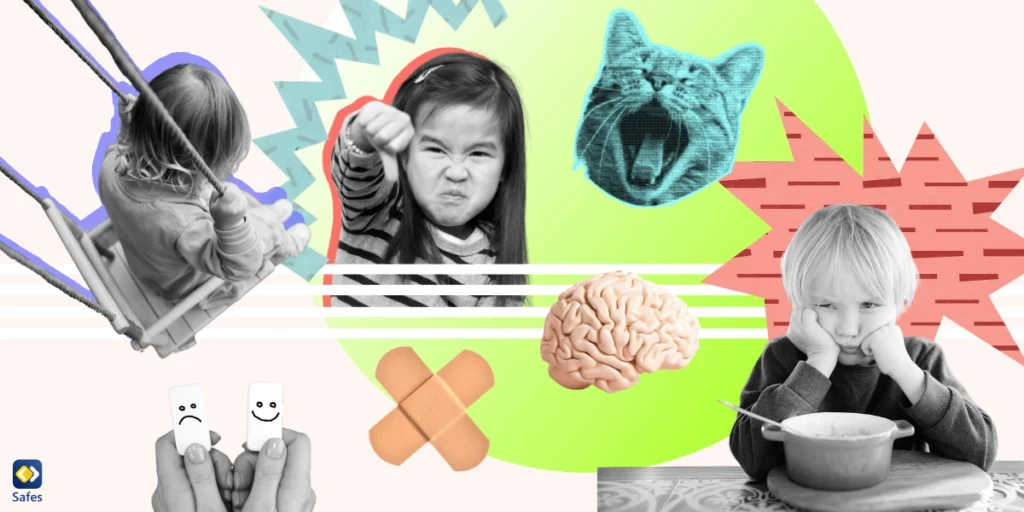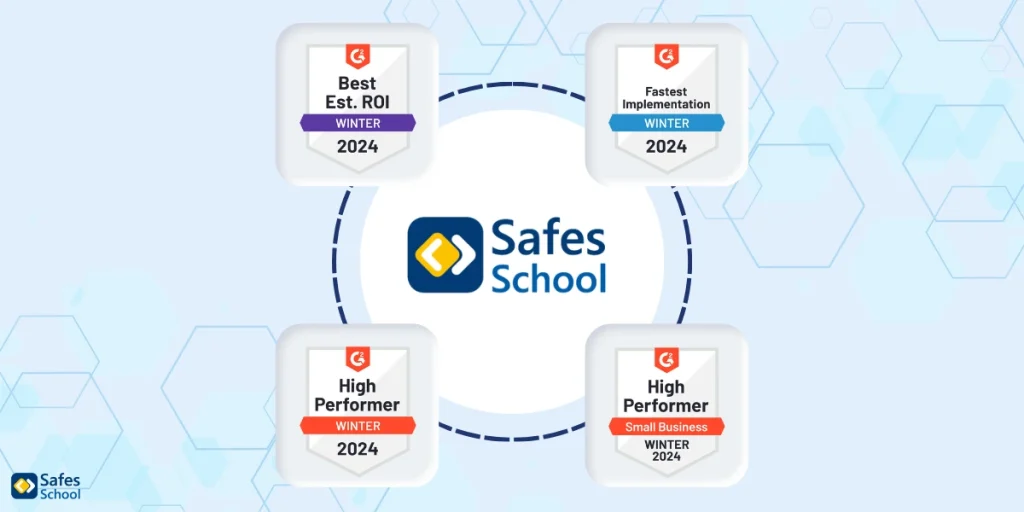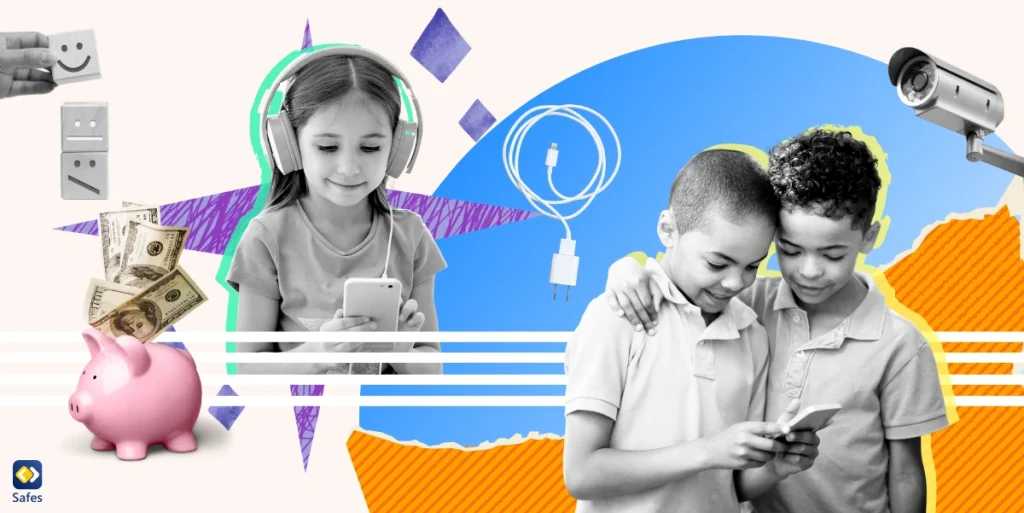First off, let’s define maladaptive: “Maladaptive is marked by poor or inadequate adaptation.” Simply put, maladaptive behavior refers to actions or behaviors that are not helpful or effective for a child’s development and well-being. Why is this such an important topic to discuss? Well, the truth is that maladaptive behaviors are becoming increasingly common among children. From tantrums and aggression to anxiety and depression, there are many maladaptive behavior examples that parents, caregivers, and educators need to be aware of.
Download and Start Your Free Trial of the Safes Parental Control App
But why is it so important to understand and address these behaviors? Because they can have a significant impact on a child’s future. As the research published in the International Journal of Environmental Research and Public Health points out, Maladaptive behaviors can lead to poor academic performance, social difficulties, and even mental health problems later in life. That’s why it’s crucial to identify and address these behaviors early on, so that children can develop the skills and strategies they need to thrive.
So, if you’re concerned about the well-being of the children in your life, then we encourage you to keep reading. In this blog post, we’ll explore some of the most common maladaptive behavior examples, their causes, and what you can do to help.
Types of Maladaptive Behaviors
Let’s take a closer look at some of the different types of maladaptive behaviors:
Aggression and Defiance
Aggression and defiance in children can be signs of underlying issues such as frustration, anxiety, or difficulties in communication. Children may act aggressively or defiantly when they feel powerless or unheard.
This type of maladaptive behavior can be seen in children who are prone to angry outbursts, physical fighting, and verbal aggression. If you have a child who shows aggressive behaviors often such as hitting, biting, throwing objects, and yelling it could be a sign they’re suffering from aggressive maladaptive behaviors.
To help these children, we can use strategies such as modeling calm behavior, using positive reinforcement, and teaching children how to express their emotions in a healthy way for managing and redirecting their aggression.
Impulsivity and Hyperactivity
Impulsivity and hyperactivity can be challenging for children to manage and can often lead to difficulties in school and social situations. Children who struggle with impulsivity and hyperactivity may have trouble sitting still, following directions, and controlling their movements. Common signs of impulsivity and hyperactivity include:
- Fidgeting
- Interrupting others
- Being easily distracted
Children struggling with impulsivity and hyperactivity can benefit from structured routines, consistent discipline, positive reinforcement and strategies that help them focus and stay calm such.
Anxiety and Withdrawal
Children who display signs of anxiety and withdrawal may struggle with social situations, have trouble making friends, and avoid participating in activities. Excessive worry, fear of new situations, and reluctance to try new things are some of the signs to look for in a child who suffers from anxiety and withdrawal.
Anxiety and withdrawal in children can arise from deeper emotional issues, such as trauma or depression. It’s important to approach these behaviors with empathy and support, and to seek professional help if necessary.
Some of common approaches for building resilience, reducing anxiety, and build healthy coping mechanisms in these children include:
- Encouraging positive self-talk
- Teaching relaxation techniques
- Providing opportunities for social interaction
Sexual Maladaptive Behavior
Sexual maladaptation can also occur in children who show sexual behavior which is either not appropriate for their age or can be harmful to themselves and others. Sometimes maladaptive sexual behaviors have no physical harm but can cause embarrassment to the child and the parents. Such as when children touch or exhibit their private parts.
Environmental and emotional factors can contribute to sexual maladaptive behaviors; for example, research has shown that anxiety can be a contributing factor. But other than that, the poor boundaries at home and parenting style can have an effect too. Besides, this type of behavior can also have genetic and physical roots as some children suffer from premature puberty.
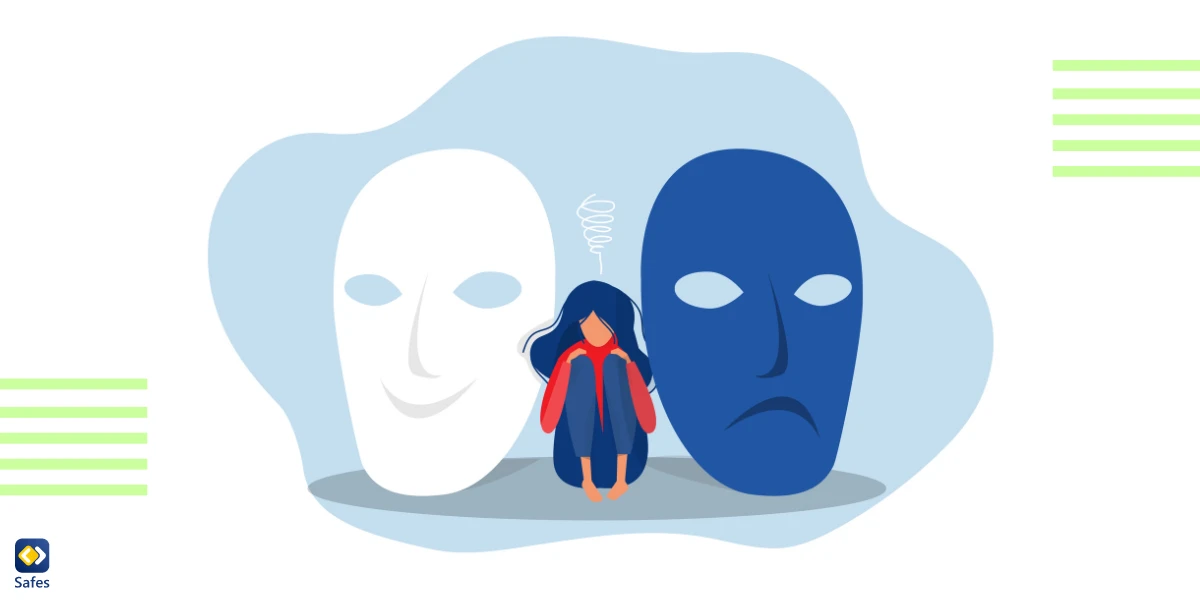
Contributing Factors to Maladaptive Behaviors
Here are some contributing factors that can influence the development of maladaptive behaviors in general:
Environmental Factors
Family dynamics and the home environment can have a significant impact on a child’s behavior. If they are exposed to conflict or inconsistent parenting styles, for example, they may struggle with aggression or defiance. School and peer relationships can also be influential, as children who struggle to form positive relationships with their peers or experience bullying may develop maladaptive behaviors.
Emotional and Psychological Factors
Emotional and psychological factors can also contribute to the development of maladaptive behaviors. Maladaptive stress responses, such as prolonged exposure to stress or trauma, can lead to anxiety and withdrawal. Additionally, mental health problems, such as depression or ADHD, can also play a role in the development of maladaptive behaviors. In comparison, adaptive stress responses are means to adapt to and to deal with stress stimuli.
Physical Factors
Physical factors can also play a significant role. For instance, children with sensory processing issues may struggle with overstimulation and have difficulty self-regulating their emotions. Additionally, neurological conditions like ADHD and autism can affect a child’s ability to focus, follow instructions, and interact with others appropriately. Children who experience chronic pain or illness may also struggle with maladaptive behaviors as a result of physical discomfort and distress. Understanding these physical factors is crucial for developing effective interventions and treatments to support children’s overall well-being and development.
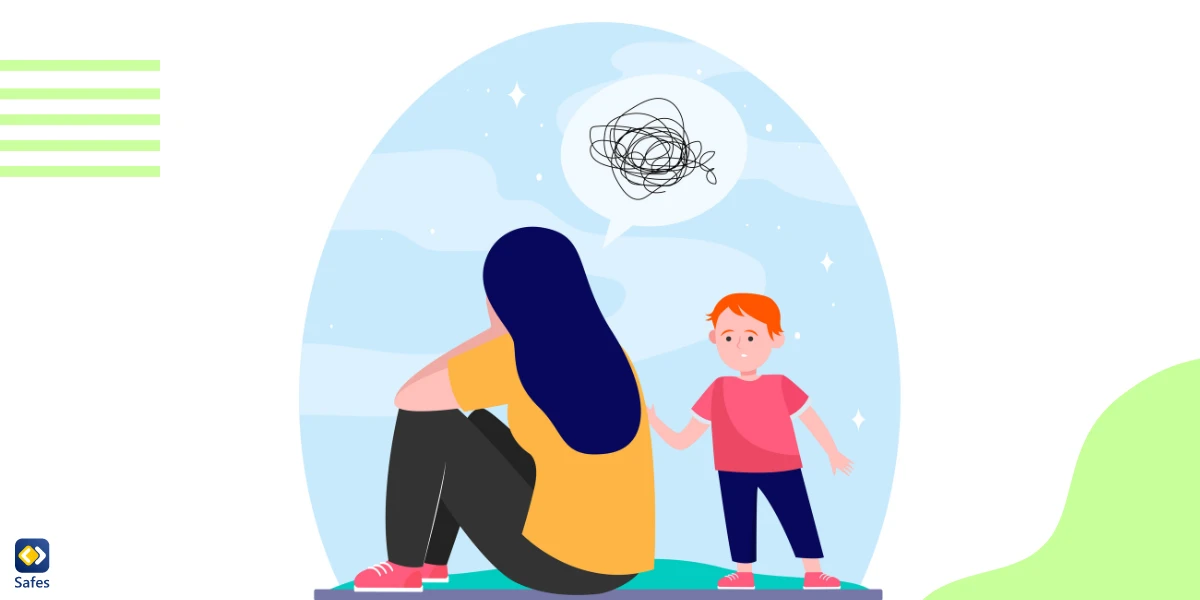
Strategies for Addressing Maladaptive Behaviors
Maladaptive behaviors can be tough to deal with and can be caused by various factors. However, there are strategies that can help children overcome these behaviors and live a more fulfilling life:
Positive Reinforcement and Behavior Modification
This approach involves rewarding positive behaviors and discouraging negative ones. It can be done through a variety of techniques such as praise, tangible rewards, and social reinforcement. Behavior modification means identifying specific behaviors that need to be changed and coming up with a plan to modify them. You often need a pediatrician or psychologist’s help for a correctional plan.
Teaching Emotional Regulation and Coping Skills
This approach requires teaching kids how to handle their emotions in a healthy way. It can be done through various techniques such as mindfulness, deep breathing, and cognitive-behavioral therapy. By learning how to regulate their emotions, children can reduce their maladaptive behaviors and improve their overall mental health.
Seeking Professional Help and Intervention
Sometimes maladaptive behaviors can be too difficult for parents and children to overcome on their own. In such cases, you should seek professional help. Mental health professionals can provide therapy and medication to help kids overcome their maladaptive behaviors.
Promoting Healthy Behavior Patterns
Unfortunately, maladaptive patterns can interfere with a child’s development and well-being. That’s why it’s essential to establish strategies that promote healthy behavior patterns. Here are three proven methods that can help:
Establish Clear Expectations and Boundaries
Children respond well to clear expectations and boundaries. Setting clear rules and consequences for breaking them can help them understand what is expected of them. It also ensures that children feel safe and secure as they know what is acceptable and what is not.
Encourage Open Communication and Problem-solving
Encouraging children to express their feelings and thoughts freely can help them develop healthy communication skills. It also helps them develop problem-solving skills as they learn to express themselves and find solutions to their problems.
Foster a Supportive and Nurturing Environment
Children need a supportive and nurturing environment to thrive. Creating a supportive and nurturing environment can help children feel safe and loved. It also helps them develop healthy relationships with others. Praising their efforts and focusing on their positive behaviors can help build their self-esteem and confidence. Creating a supportive environment also includes providing emotional support to kids and modeling healthy habits for them.
How Can Safes Promote Healthy Behaviors in Children?
Safes is a parental control app that can help you monitor and control your child’s activity on the internet, set healthy screen time limits, promote a healthy sleep routine, block harmful apps and websites, and search keywords.
With Safes, you can set age-appropriate rules and limits based on psychologist recommendations, supervise the way they want by setting time limits, get reports, and filter websites. This way, your kid can have a safe and healthy online experience while still enjoying technology.
Using Safes, you can establish clear expectations and boundaries, encourage open communication and problem-solving, and foster a supportive and nurturing environment. Safes is available on all Android, iOS, Windows, and Mac devices. If you’re interested in how Safes can help you set up parental controls, you might want to start a free trial to explore its features. To learn how to put parental controls on each of these platforms using Safes, follow the links below:
- Windows parental controls
- Macbook parental controls
- Parental controls on Android
- iPhone parental controls
Maladaptive Behavior Examples: Conclusion
In this blog, we’ve answered the question: What is maladaptive behavior and talked about the different types. Maladaptive behaviors can hinder children’s development and result in negative outcomes. It’s crucial to identify and address these behaviors to create a healthier and happier life for them. Setting clear expectations and boundaries, open communication, problem-solving, and a supportive environment can help children develop healthy habits and eradicate maladaptive behavior examples. But in some cases, you still need to seek help from a child therapist or psychiatrist.
The Safes parental control app can help promote healthy behaviors in children by providing a safe online environment and monitoring their internet activity. It’s important to recognize the impact of technology on our lives and to take necessary steps to ensure that it contributes to children’s well-being rather than hinders it.
FAQ
- What is maladaptive behavior?
- Maladaptive behavior interferes with daily activities. People with this behavior lack the ability to adjust to certain settings.
- What is the difference between adaptive vs maladaptive anxiety?
- Someone with adaptive anxiety can adapt to the stressful stimuli, while someone with maladaptive anxiety handles those situations more difficultly.
- What are maladaptive behaviors that reduce worry and fear most indicative of?
- These are mostly indicative of anxiety disorder.
Your Child’s Online Safety Starts Here
Every parent today needs a solution to manage screen time and keep their child safe online.
Without the right tools, digital risks and excessive screen time can impact children's well-being. Safes helps parents set healthy boundaries, monitor activity, and protect kids from online dangers—all with an easy-to-use app.
Take control of your child’s digital world. Learn more about Safes or download the app to start your free trial today!
